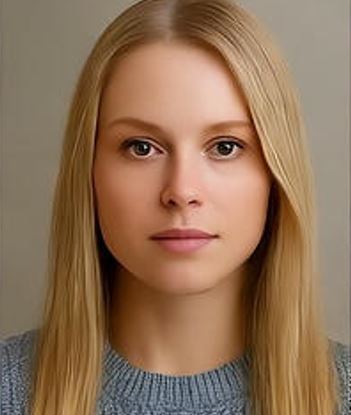Cemeteries in Villach: Cultural places of encounter and natural diversity!
Cemeteries in Villach as meeting places: All Saints Day events, cremations and cultural innovations.

Cemeteries in Villach: Cultural places of encounter and natural diversity!
Cemeteries in Villach are becoming increasingly important, especially around the All Saints Day holiday. The city plans to design these places not only as places of remembrance, but also as meeting places. Vice Mayor Sarah Katholnig announced that in the future more cultural and social events will be held in the ceremonial halls of the cemeteries. This reflects a growing trend to integrate cemeteries as active living spaces within the city and is accompanied by a variety of farewell forms, including urn walls and tree burials.
The home of the deceased extends over more than 16,000 grave sites in Villach, which are looked after by the urban green department. These cemeteries are not only places of remembrance, but also important green spaces that support a high level of biodiversity. Flower meadows, old trees and diverse bird and insect life create a harmonious environment that contributes to the citizens' closeness to nature. The artistic elements that are increasingly shaping the appearance of these places make them a special part of urban life.
Special events around All Saints Day
One of the most important dates surrounding All Saints' Day in Villach is the laying of honorary wreaths at the honorary graves on November 1st, followed by an All Saints' Day concert with Ingrid Jahn in the ceremonial hall at the central cemetery at 6:00 p.m. The grave blessings take place at different times on this day in several locations:
- 10:00 Uhr – Maria Gail
- 11:30 Uhr – Waldfriedhof/Mittewald
- 14:00 Uhr – Friedhof St. Martin
- 14:45 Uhr – Waldfriedhof
- 14:30 Uhr – Zentralfriedhof, Gedenkfeier in der Zeremonienhalle
- 14:00 Uhr – St. Ruprecht
- 15:15 Uhr – Zauchen
- 16:00 Uhr – St. Ulrich
The events on November 2nd and 3rd complement the tribute to the deceased and encourage reflection on life and death.
Historical development of cemetery culture
The route to today's cemeteries is marked by a long history. As Planet Wissen reports, the first burial sites for the middle class emerged in ancient Egypt and among the Greeks and Romans, while poorer people were often buried outside the cities. With the advent of Christianity, communal burial sites began to be built, which continued to develop over the centuries. The introduction of cemeteries outside cities in the 14th century was another important step in taking hygienic conditions into account.
Today's German cemetery culture is a result of these historical developments. According to UNESCO, it encompasses different cultural expressions that include rituals for individual processing of grief and the design of graves as gardens of remembrance. This culture is dynamic and evolving, especially with regard to the increasing trend of urn burials, which influences the appearance of cemeteries and the culture lived.
Cemeteries are therefore much more than just final resting places; They are living places of encounter, remembrance and cultural development that continue to develop in harmony with nature and the needs of the community.

 Suche
Suche
 Mein Konto
Mein Konto
